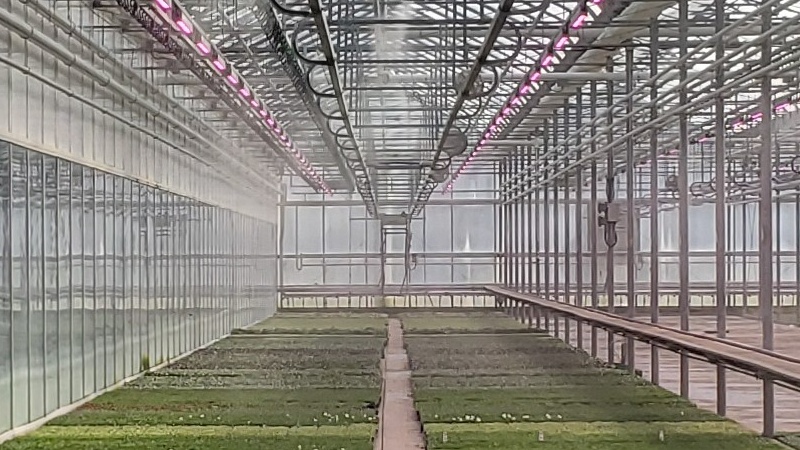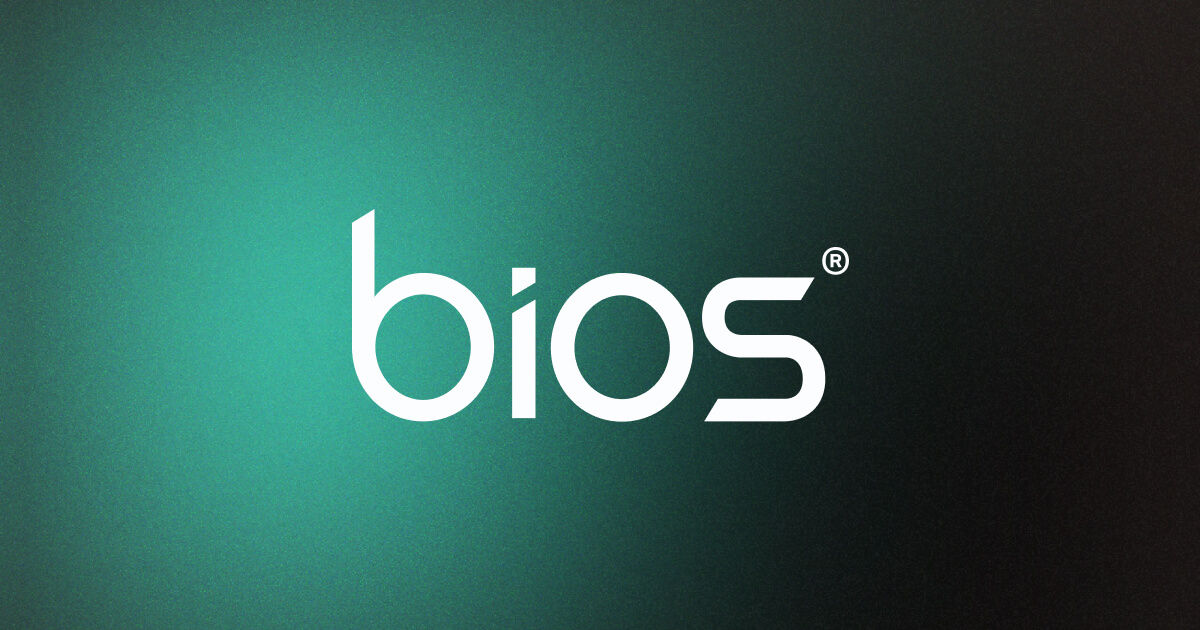Ca++
Well-known member
Even with HID, under 25c was wasting my time. Things didn't really swing until 27 or more. It's actually about 30c where the plants rockin. With a couple each side being of no real importance, unless you are otherwise perfect. Which means plant specific perfect. Years of doing the same grow.
How the plant gets to 30c is what we are really looking at. Air temp, or radiant heat from the lamps.
Hot at the top is a bit more like the plant expects. Taking passively moved ions to the growing points. If we heat the entire plant, it's actually a bit different. Shaded bits getting a bit more feed than typical. However air flow is just as much a controlling factor, where the stomata are not quite doing the job. I have found that a hot top and not a great deal of air movement through the plants is optimum. Some to keep things fresh, but fields of plants have certain notable conditions. Ones they must thrive in, or fail to compete. These conditions seem to push them the best. Though single plants are just fine, it's canopies I like. With cooler damper conditions within. Receiving less light and less of the passively moved ions.
I'm going to do a mixed light run again. 50/50 as it works in my space. It will increase power consumption about 20%, making IR that here in cold-land, isn't that wasteful.
I really enjoyed getting my heirloom lighting about again. Cleaning off the pro-ultra and greenpower. I'm going magnetic, though have electronic. Just for the 'bong' as they come on
How the plant gets to 30c is what we are really looking at. Air temp, or radiant heat from the lamps.
Hot at the top is a bit more like the plant expects. Taking passively moved ions to the growing points. If we heat the entire plant, it's actually a bit different. Shaded bits getting a bit more feed than typical. However air flow is just as much a controlling factor, where the stomata are not quite doing the job. I have found that a hot top and not a great deal of air movement through the plants is optimum. Some to keep things fresh, but fields of plants have certain notable conditions. Ones they must thrive in, or fail to compete. These conditions seem to push them the best. Though single plants are just fine, it's canopies I like. With cooler damper conditions within. Receiving less light and less of the passively moved ions.
I'm going to do a mixed light run again. 50/50 as it works in my space. It will increase power consumption about 20%, making IR that here in cold-land, isn't that wasteful.
I really enjoyed getting my heirloom lighting about again. Cleaning off the pro-ultra and greenpower. I'm going magnetic, though have electronic. Just for the 'bong' as they come on





